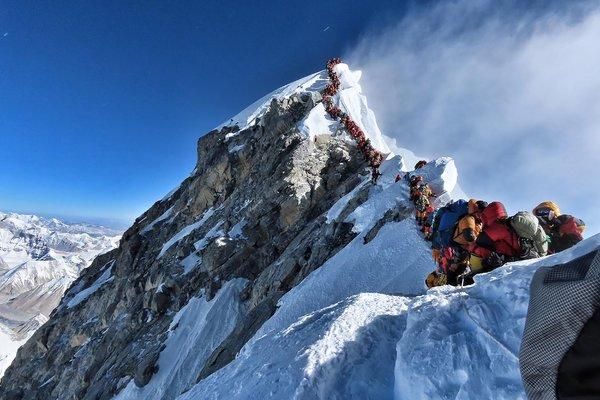This recent photo from the summit of Mount Everest is tragic: The New York Times reports that at least 10 people have died attempting to climb the world’s highest mountain this year, with a significant contributor being how much longer it takes with the unbelievably long line at the top, and the inability to get off if conditions change.

In another sense, though, it’s an illustration of the problem with tourism globally: the seemingly infinite demand is increasingly outstripping the relatively fixed supply. There is only one Mona Lisa, Grand Canyon, Great Pyramids, or Great Wall of China, but more and more people can afford to see them. When my wife and I visited Croatia (a very popular vacation spot in Europe, and for good reason) in September a couple years ago – the supposed off-season – most places were overrun with tourists once the buses and cruise ships arrived around 10 AM. We’d get up at 7 and walk around for 2 or 3 hours before getting breakfast just to have some sense of what a place was like without people like us. You don’t want to be in St. Mark’s Square in Venice at noon.
This is not a marketing problem: marketing only makes it worse. And the market can’t solve it by raising prices without limiting these experiences to the 1%.
Yogi Berra once said about a restaurant, “Nobody goes there anymore since it got so popular.” That does not seem to be happening with global tourism, though.
As Pogo said, “We have met the enemy, and he is us.”
